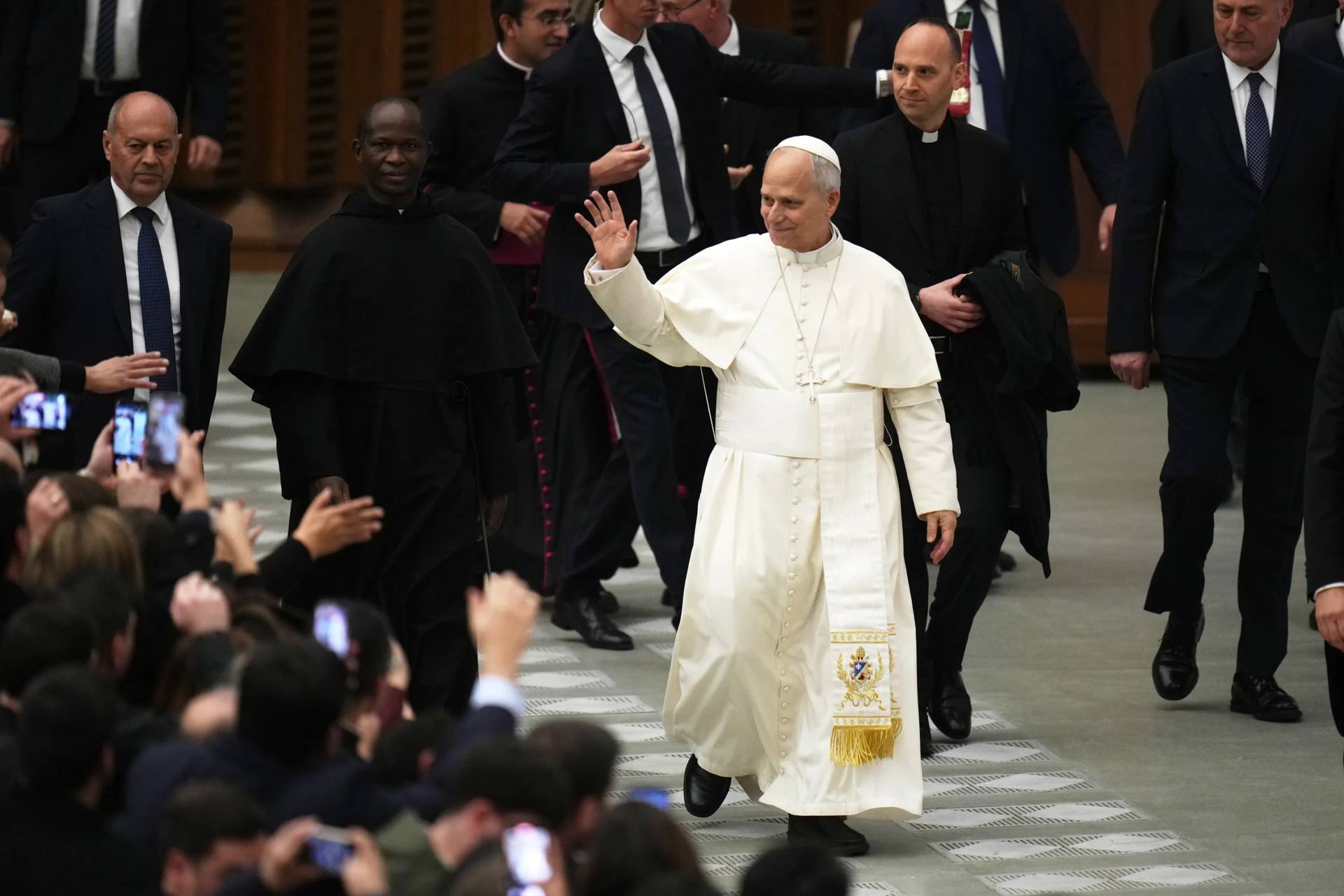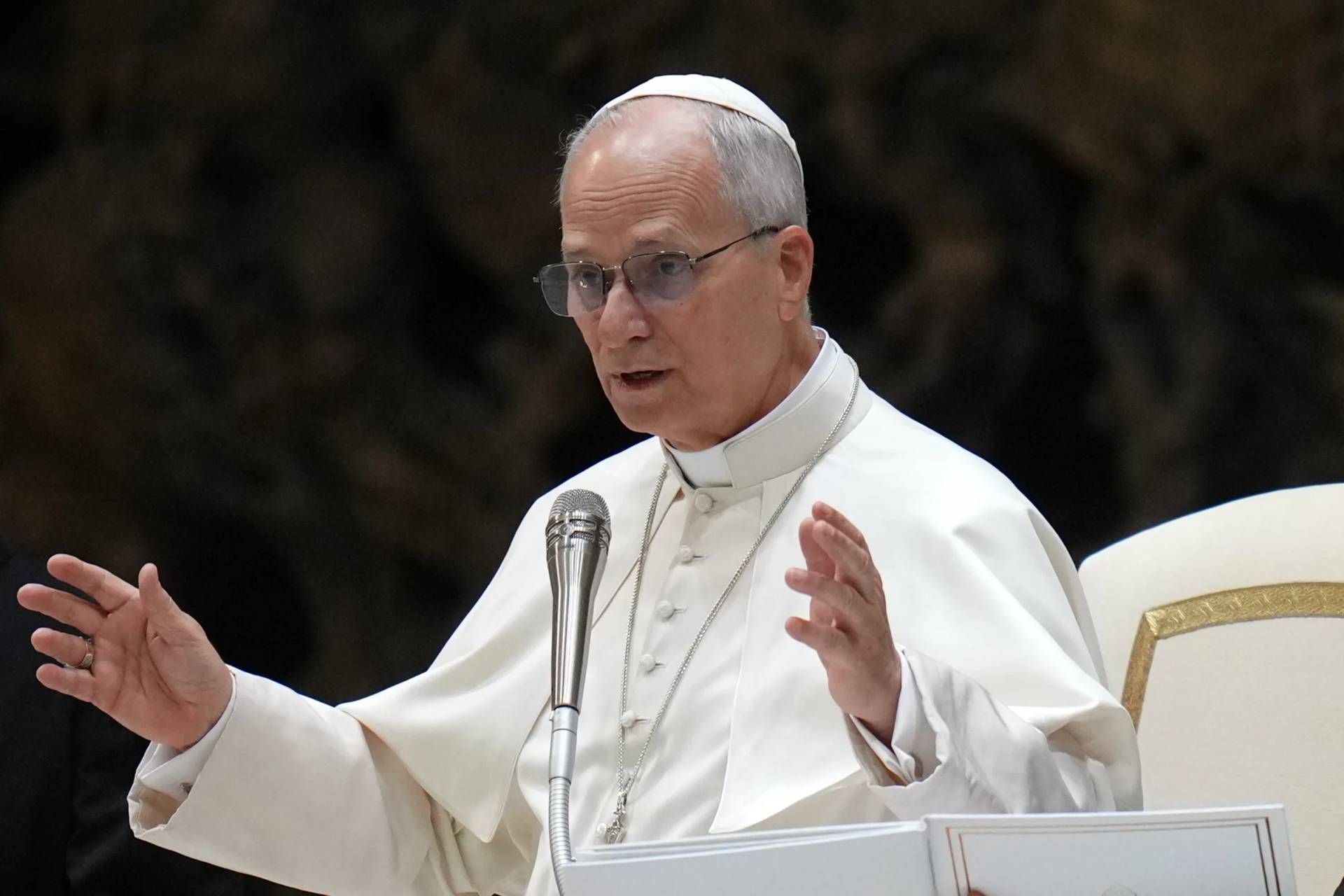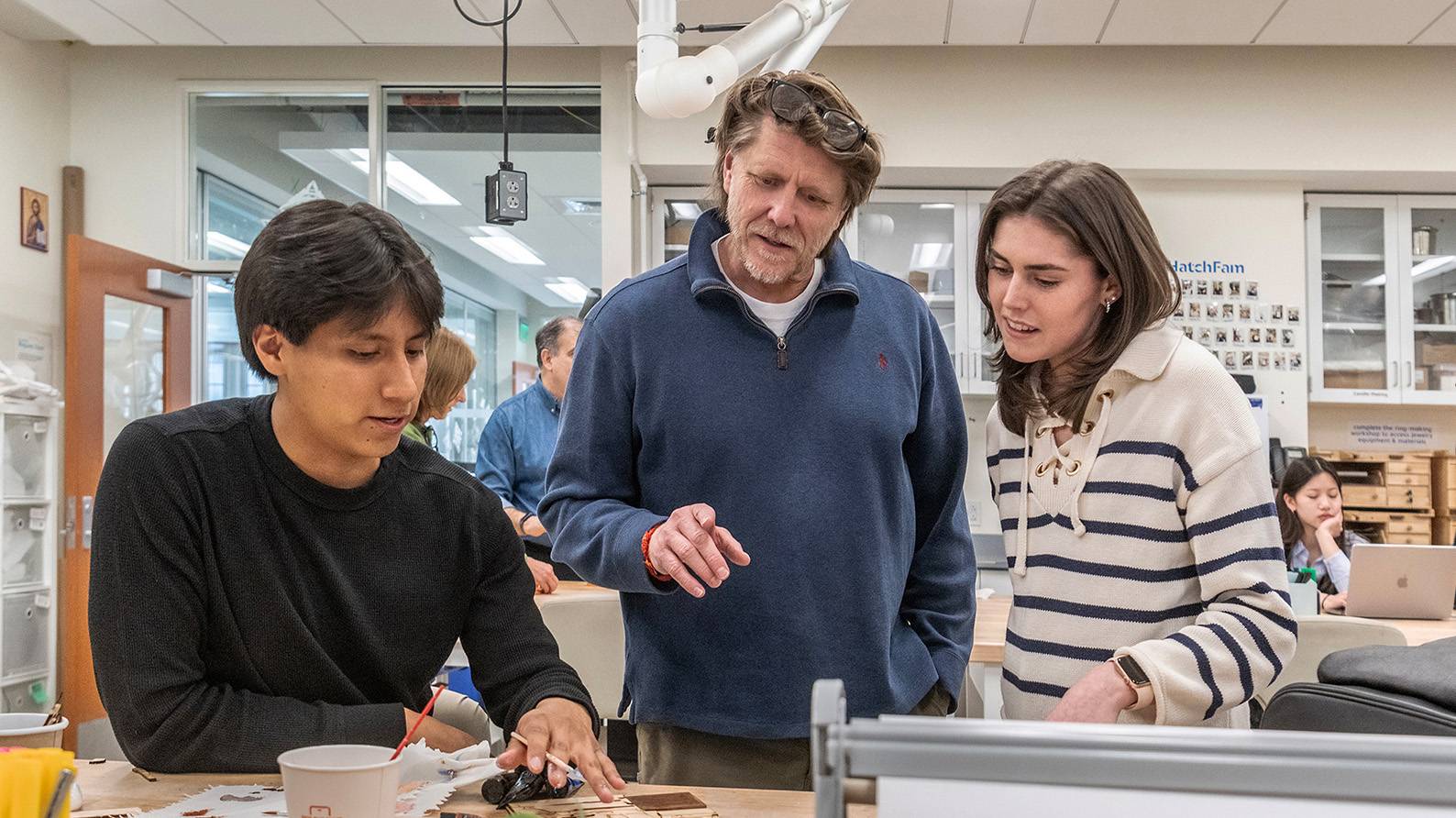Livestreaming and digital giving tools were necessities for parishes at the height of the COVID-19 pandemic. But as the world reopened and parishes adapted, priests and leaders across the U.S. realized that they want to continue to explore and experiment with digital tools in the future.
In Pushpay’s 2023 State of Church Tech report, Catholic Church edition, 74 percent of parishes indicated that they offered worship services both in-person and online (hybrid). Less than a quarter of respondents provided in-person only, while 24 percent offered their hybrid worship service in the metaverse.
However, when leaders were asked about what worship services might look like in a year, their answers changed significantly. Instead of selecting a single answer, they chose two or more options, and the results were largely dissimilar—hybrid worship services dipped to 58 percent, online only jumped up to 35 percent, metaverse remained steady at 25 percent, and in-person only worship increased to 34 percent.
The figures paint a complicated picture of the future, but suggest a clear interest in continuing their digital presence.
“As leaders in the Catholic Church, we are living in an unparalleled time of change and challenge,” wrote Father Agostino Torres, a Catholic priest for the Franciscan Friars of the Renewal and founder of Corazón Puro, who contributed the foreword for the annual report. “To reach our people and fulfill the mission of the Church, we must use technology, but the question is often where to start and how deep to go.”
The Catholic edition of the study is derived from a 2022 survey that reached 170 priests and parish staff nationwide. Priests accounted for 37 percent of the participants, while others serve their parishes through roles in business/finance (21 percent), communications (10 percent), administration (10 percent), and development (7 percent).
Parishes of all sizes were represented in this year’s study, with significantly more midsized parishes participating. About 20 percent of parishes have two locations, a considerable increase from last year. The results of the research are broken down into five themes:
- Evangelization: 96% of parish leaders agree that technology is important to achieving the Church’s mission.
- Connection: The average number of digital tools decreased while interest in church-specific tools grew, signaling that parishes are looking to replace fragmented tools that have caused silos and operational burdens in the past.
- Acceptance: Leadership buy-in to technology purchases is becoming less of an obstacle each year, particularly among small and midsized parishes.
- Transparency: More than ever before, leaders are discussing IT security and data protection with their parishioners. Small and midsized parishes were more likely to discuss the topic with their faithful. However, a lack of resources is slowing progress.
- Community: The use of direct messages on social media as a method to follow up with online visitors decreased 27% over the past year. More parishes are becoming interested in church-specific methods of communication and are leaning on their network of trusted peers to recommend digital solutions.
As priests and parish leaders thoughtfully invest, explore, and experiment with digital tools to solve parish problems after the chaos of the pandemic, they continue to find themselves coming up against a wall of obstacles—but in his foreword, Father Torres expresses that the world is in a time of grace, and encourages leaders to persist in their journey with technology. Download his letter and the full report for free today.

















